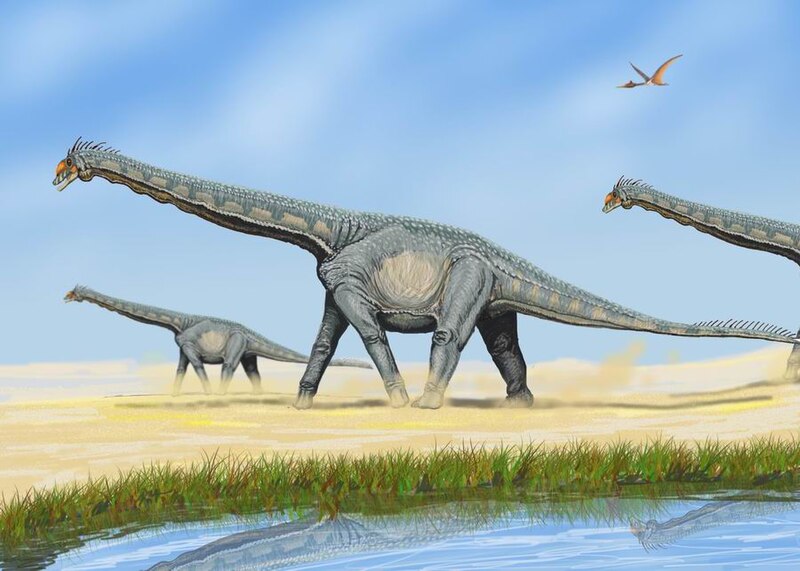Winter can be a challenging season for animals, but some lesser-known mammals have developed incredible adaptations to survive the cold. From thick, insulating fur to strategic hibernation habits, these creatures are well-equipped to face harsh environments that few others could endure. Whether they live in dense forests, high mountains, or frozen tundras, each of these mammals has evolved unique ways to conserve energy, stay warm, and find food when resources are scarce. Their remarkable resilience in frigid conditions highlights the power of nature’s survival instincts, showing how even the smallest animals can thrive in extreme cold. Here are 20 fascinating mammals that have mastered the art of winter survival.
Arctic Shrew
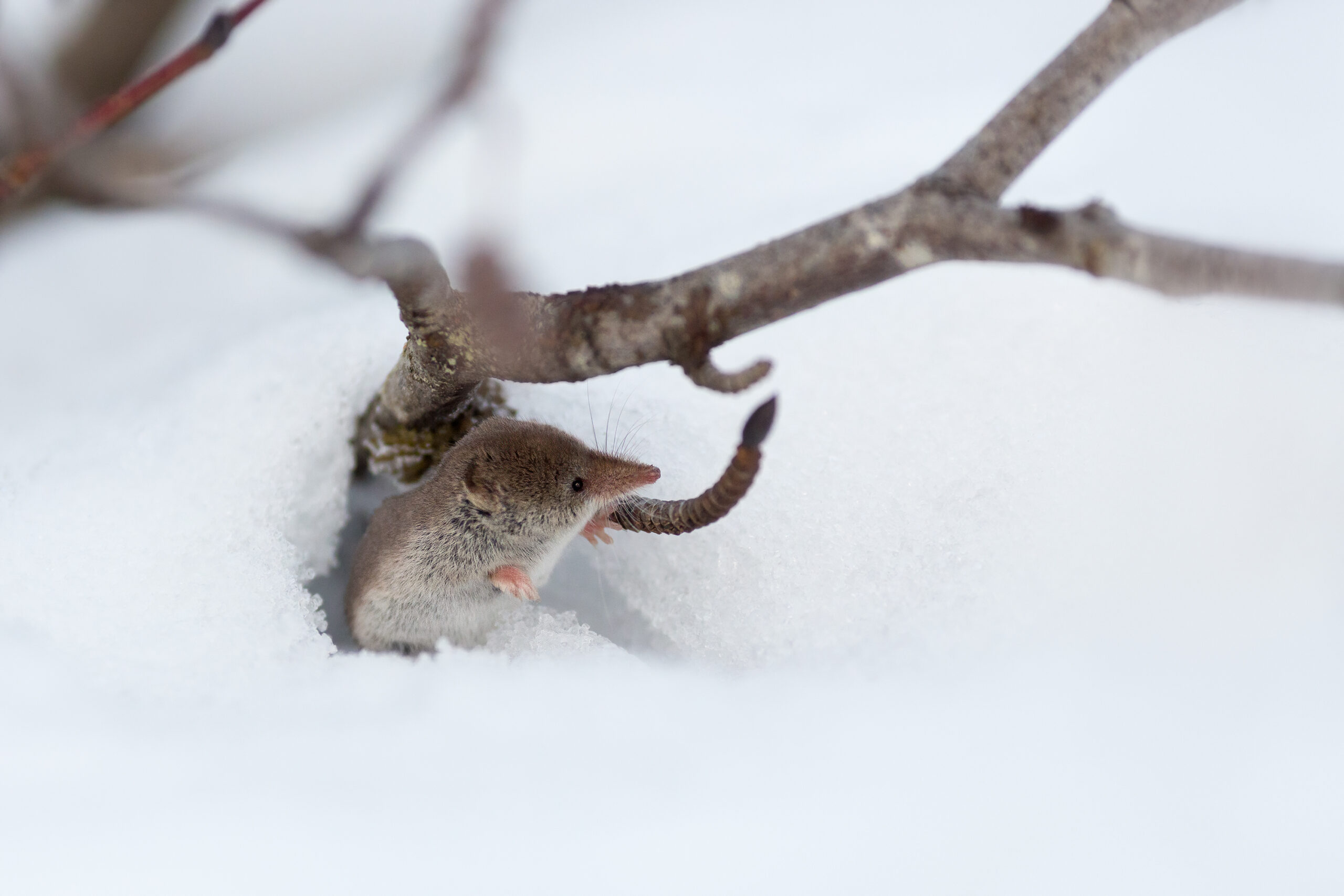
The Arctic shrew has evolved to withstand freezing temperatures by building elaborate underground burrows. These tiny mammals have a dense, double-layered coat that traps warmth, keeping them cozy even in sub-zero weather. Despite their small size, they maintain a high metabolic rate to generate body heat, which is essential in icy environments. In winter, Arctic shrews primarily consume insects they dig out from beneath the snow. By keeping active, they can retain their internal warmth and prevent freezing. They are also known for their short, sporadic hibernation periods to conserve energy. This lifestyle allows them to thrive where few other creatures dare to roam.
Alpine Marmot

Found in mountainous regions, the alpine marmot is a master of winter survival. These animals hibernate for up to nine months, gathering in large family groups to share body heat. By building deep burrows below the frost line, they avoid the coldest winter temperatures. Before winter arrives, marmots bulk up by consuming high-calorie foods that sustain them through their long hibernation. Their slow heart rate during hibernation helps conserve energy. When they do awaken briefly, it’s only to regulate their body temperature. This method of hibernation has allowed alpine marmots to survive at high altitudes for millennia.
Snowshoe Hare
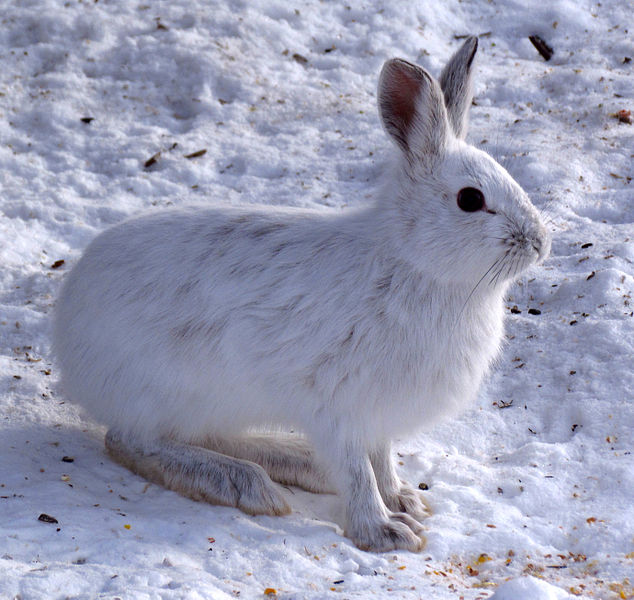
The snowshoe hare has a remarkable adaptation for blending into its snowy environment—its fur changes color with the seasons. During winter, their fur turns white to camouflage against predators in the snow. Their large, fur-covered feet act as snowshoes, allowing them to move quickly across soft snow without sinking. They dig through snow to reach vegetation underneath, which provides them with nutrition throughout the winter. By being mostly nocturnal, they avoid many predators during daylight hours. Their metabolic rate adjusts with the season, allowing them to conserve energy. This combination of physical and behavioral adaptations makes the snowshoe hare a winter survivor.
American Pika
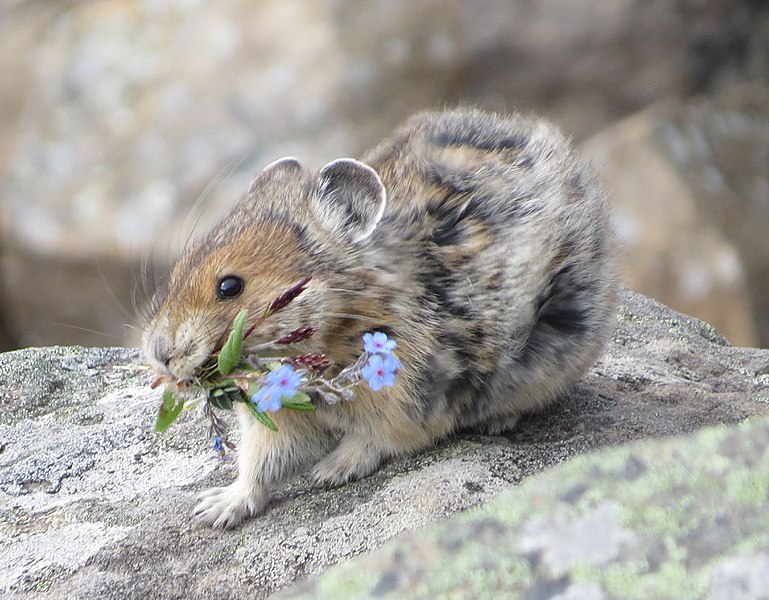
The American pika may be small, but it’s incredibly resilient when it comes to cold weather. Living at high elevations in rocky terrains, pikas do not hibernate but instead collect and store grasses for winter. They spend their summers building “haypiles” of dried vegetation, which they eat when food becomes scarce. Pikas have thick fur and a high metabolic rate that keeps them warm in icy conditions. These animals rely on insulated rock crevices to avoid the worst of the cold. By remaining active all winter, they continue to feed and maintain their energy levels. This behavior allows them to thrive in harsh alpine climates.
European Hedgehog
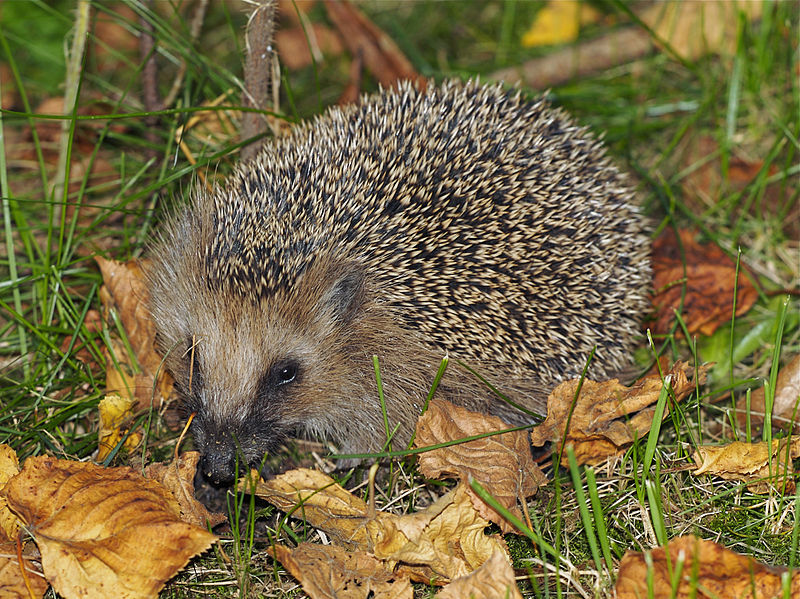
European hedgehogs hibernate to survive harsh winters, entering a state of deep sleep where their body temperature drops significantly. They prepare for this period by eating voraciously in the fall, building up fat stores. During hibernation, they choose sheltered spots like leaf piles, burrows, or woodpiles to keep safe from predators. Their spiny coat provides an extra layer of protection, even in freezing temperatures. Hedgehogs awaken briefly during warm spells, ensuring they can adjust to their surroundings. Their metabolism drops to conserve energy, making it easier to survive with minimal food. This strategy allows them to wake up strong and ready when spring arrives.
Daurian Ground Squirrel
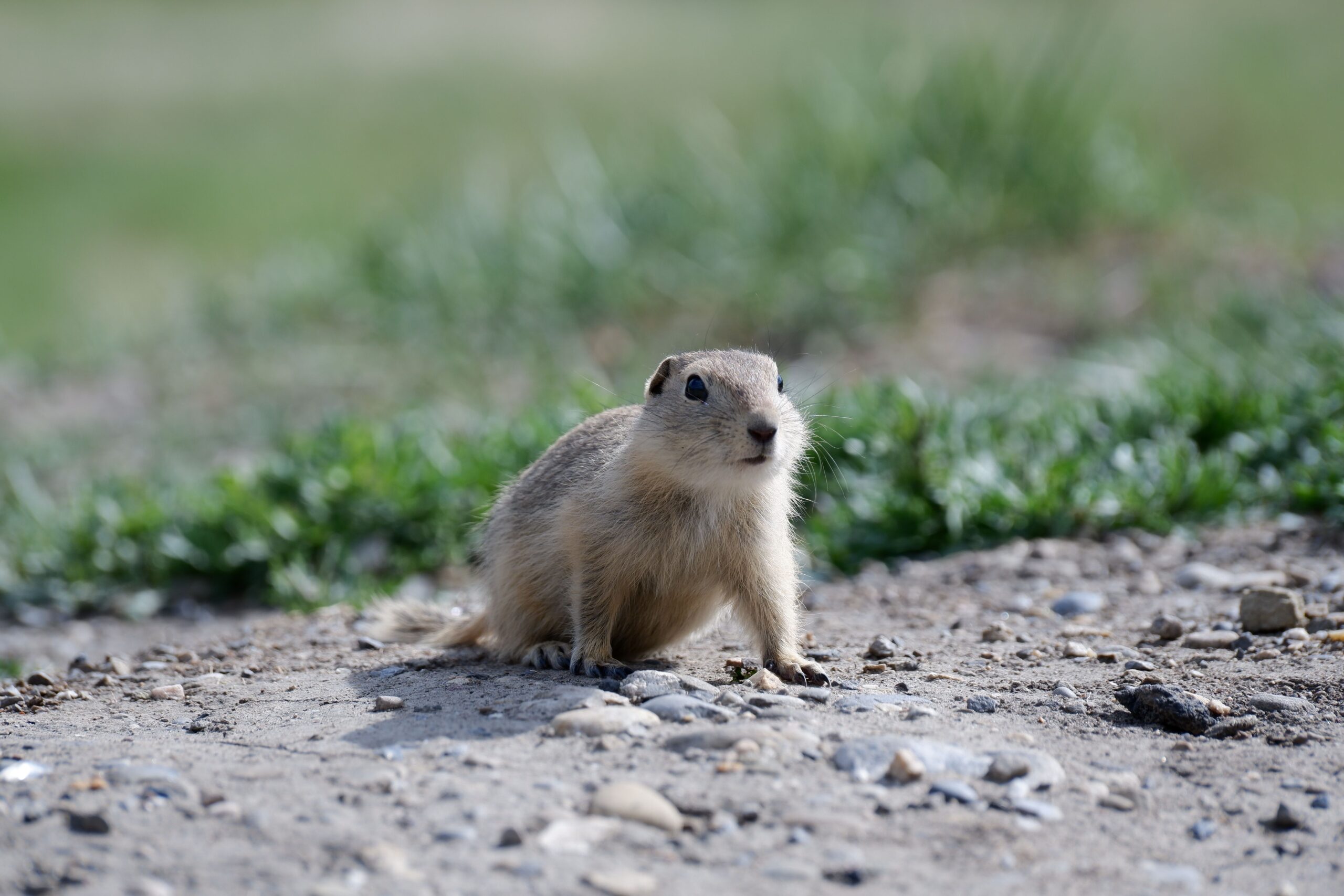
Native to Mongolia and Siberia, the Daurian ground squirrel is adept at surviving brutal winter conditions. These squirrels enter a state of torpor, lowering their body temperature significantly to conserve energy. They burrow deep underground where temperatures are more stable, allowing them to avoid freezing. Before winter, they store food in their burrows, although they rarely eat during hibernation. The squirrel’s metabolic rate also drops, which minimizes the need for energy. When spring arrives, they emerge from hibernation, often emaciated but ready to regain strength. Their unique hibernation strategy has enabled their survival in some of the coldest places on Earth.
Muskrat
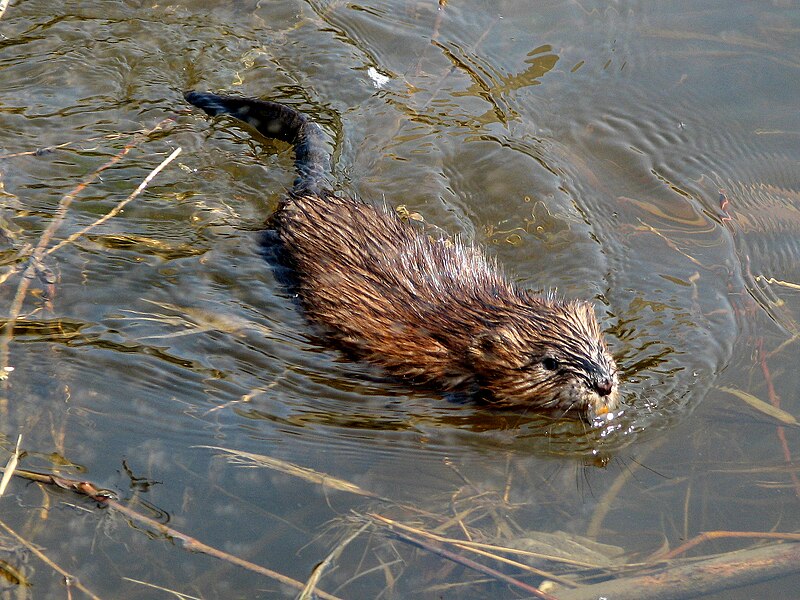
Muskrats are aquatic mammals that endure harsh winters by creating dome-shaped lodges from mud and vegetation. These lodges offer insulation and protection from predators, keeping them safe during winter. They can remain active under the ice, feeding on aquatic plants stored within their lodges. Muskrats are adept swimmers, able to hold their breath for up to 15 minutes, which allows them to access food sources even when water bodies are frozen. Their dense fur traps heat, enabling them to tolerate icy waters. During extremely cold spells, they may share lodges with other muskrats for extra warmth. This lifestyle makes them resilient against winter’s challenges.
Yellow-Bellied Marmot

The yellow-bellied marmot spends up to eight months each year in hibernation, enabling it to survive the frigid alpine environment. By gathering in communal burrows, they share body heat, reducing energy expenditure. These burrows are carefully selected to avoid frost, and the marmots enter a state of low metabolic activity to conserve energy. Their thick fur provides excellent insulation, and they store body fat to sustain themselves. During hibernation, they may wake periodically to maintain body temperature. In spring, they emerge lean but ready to feast on fresh vegetation. This hibernation strategy is key to their survival in alpine regions.
Red Fox
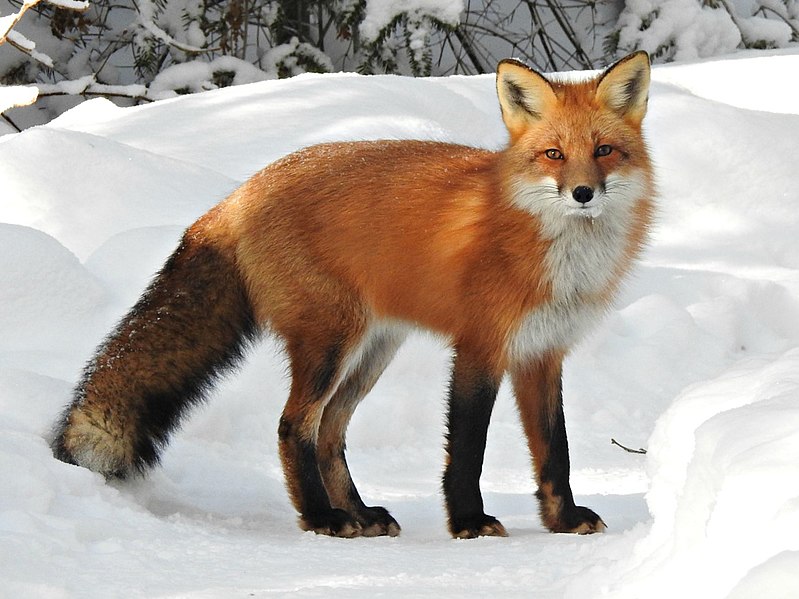
Red foxes use their cunning and adaptability to survive harsh winters in various climates. Their dense fur provides warmth, while their bushy tails act as blankets when they curl up to sleep. They hunt year-round, using their sharp senses to locate prey even under the snow. By digging through snow and storing food in caches, they secure a steady food supply. During winter, red foxes may shift their diets, eating small mammals and scavenging more frequently. Their energy-efficient hunting techniques allow them to thrive. With a combination of intelligence and physical adaptations, red foxes endure cold winters.
Northern Collared Lemming
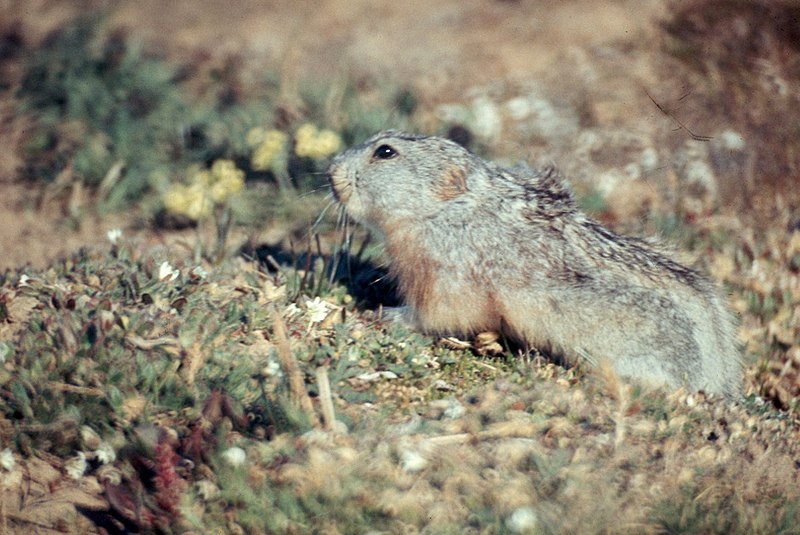
Known for their unique adaptation, northern collared lemmings grow thicker fur and even change the color of their coats to white in winter. They dig through snow to create tunnel systems, which protect them from the cold and predators. These tunnels lead to food caches, where lemmings store vegetation gathered before winter. Their high metabolism generates heat, which keeps them warm in freezing temperatures. By being active all winter, they avoid the risk of starvation. The constant movement also prevents the build-up of cold in their burrows. Their clever strategies allow lemmings to thrive in tundra environments.
Ermine (Short-Tailed Weasel)
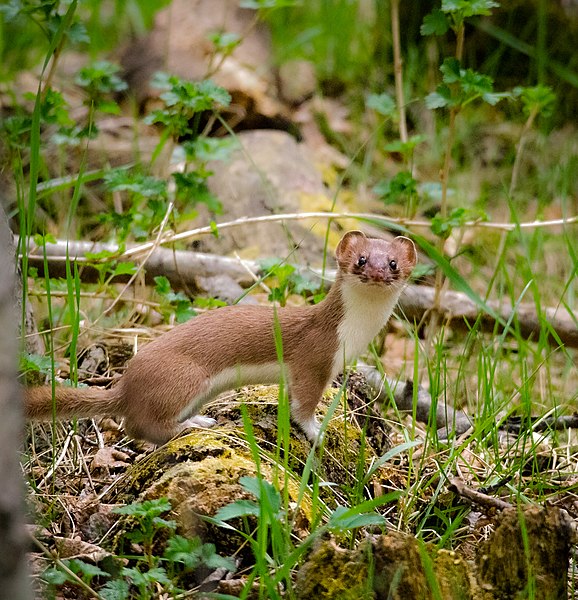
The ermine, or short-tailed weasel, transforms into a winter survivor with its unique fur adaptation. In colder months, their fur turns completely white, camouflaging them against snow and protecting them from predators. They are skilled hunters, preying on small mammals and even diving into snow tunnels to catch food. Ermines have long, lean bodies that allow them to chase prey through tight spaces, and their high metabolic rate keeps them warm and active. They also store extra food in caches to ensure sustenance throughout winter. This combination of camouflage and hunting expertise aids their winter endurance. By the time spring arrives, ermines are well-nourished and ready for warmer seasons.
Northern Bog Lemming
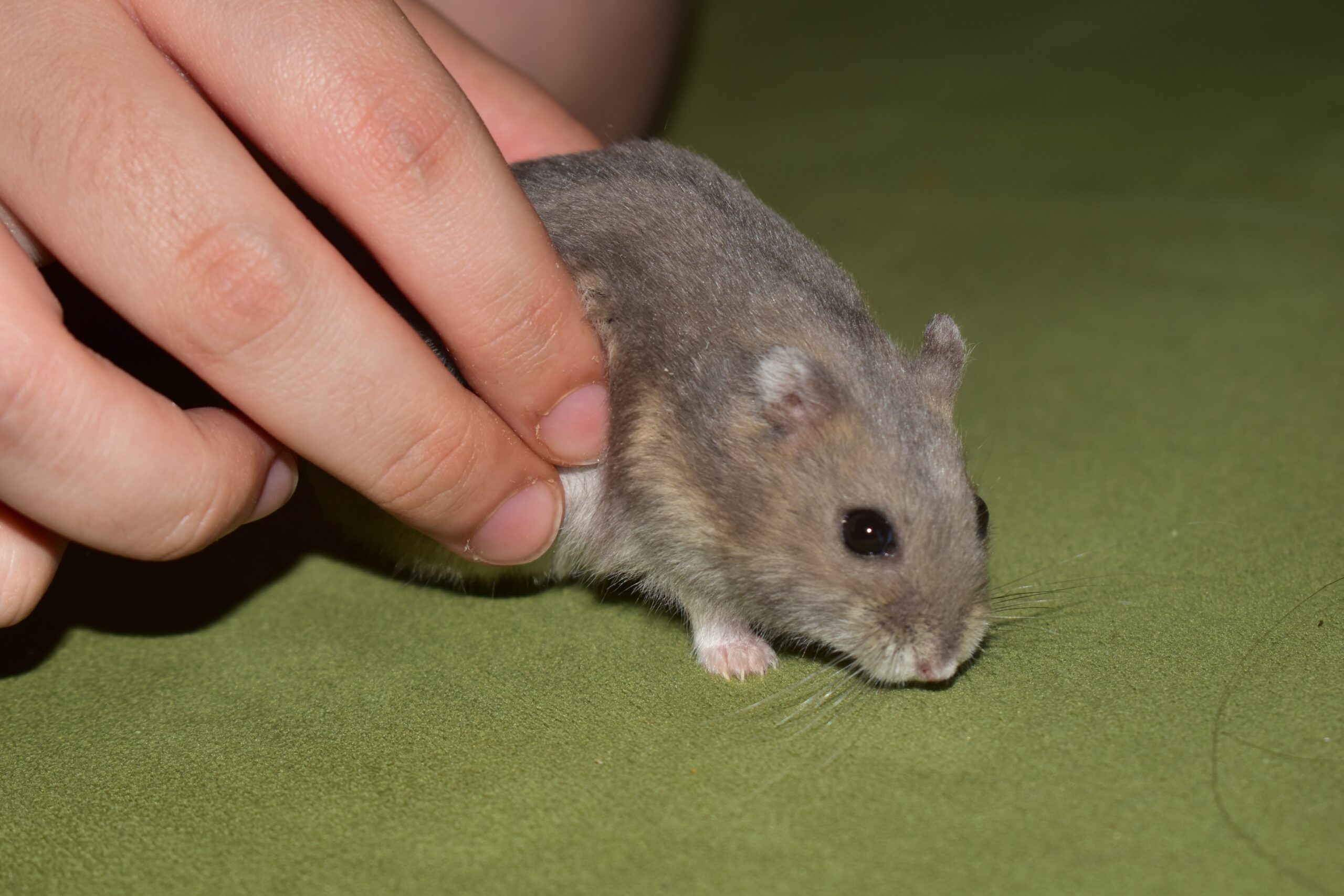
The northern bog lemming endures winter by using bogs and marshy areas for insulation from the extreme cold. Their thick fur acts as a barrier against the chill, while their small, stout bodies retain heat efficiently. Unlike other lemmings, they do not hibernate but instead remain active, foraging beneath the snow for food. These mammals create complex tunnel systems under the snow where temperatures are more stable. They feed on mosses, grasses, and other vegetation, which provide essential energy for their small bodies. With constant activity and an effective thermal layer, they stay warm. This unique approach allows them to survive harsh winter conditions in the northern regions.
Siberian Flying Squirrel
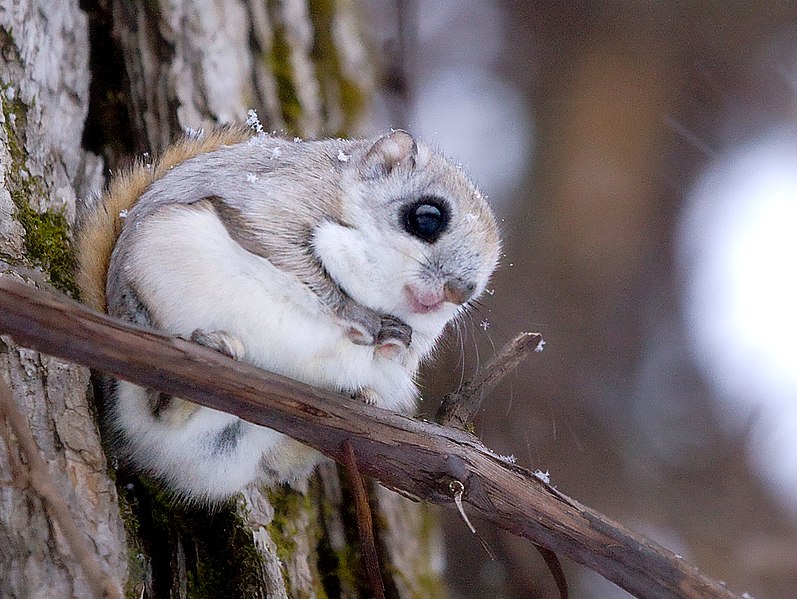
The Siberian flying squirrel has adapted to cold climates by developing a thick, silky fur coat that keeps it warm. These squirrels create nests in tree hollows, which offer protection from the winter winds. While they do not hibernate, they reduce activity levels and rely on food caches hidden throughout their territory. Their large eyes help them see in low light, allowing them to forage at night. Siberian flying squirrels feed on tree buds, seeds, and berries, storing them in their nests. They also use their gliding ability to move between trees with minimal energy expenditure. This strategy ensures survival during long winters.
Wolverine
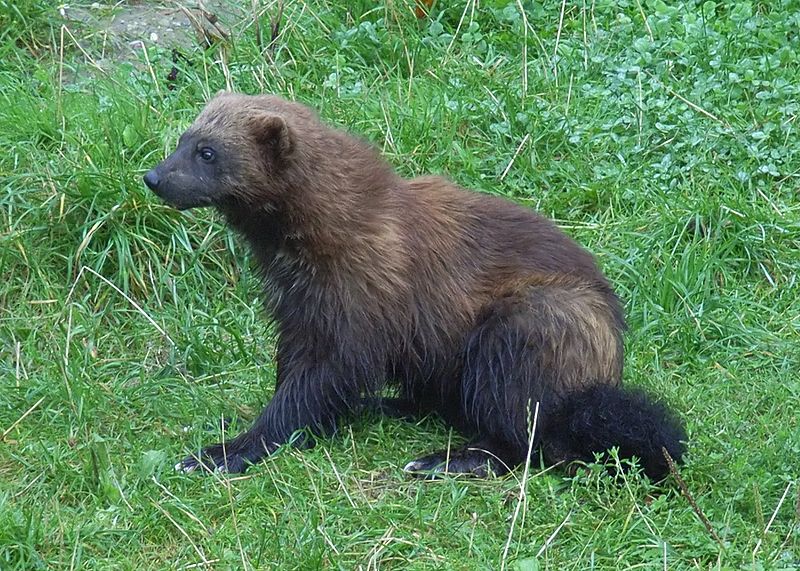
Wolverines are built for extreme weather with their robust bodies and dense, oily fur that repels moisture and keeps them warm. These strong mammals are scavengers, feeding on carcasses left by other animals, which provides them with a steady food source. Their powerful jaws and sharp claws allow them to break through frozen carcasses and even dig through snow to find food. Wolverines have large paws that act like snowshoes, enabling them to travel over deep snow without sinking. They can cover vast distances in search of food, ensuring survival even in food-scarce conditions. This resilience has made wolverines true winter warriors. Their natural toughness enables them to thrive where few other mammals can survive.
Mountain Goat
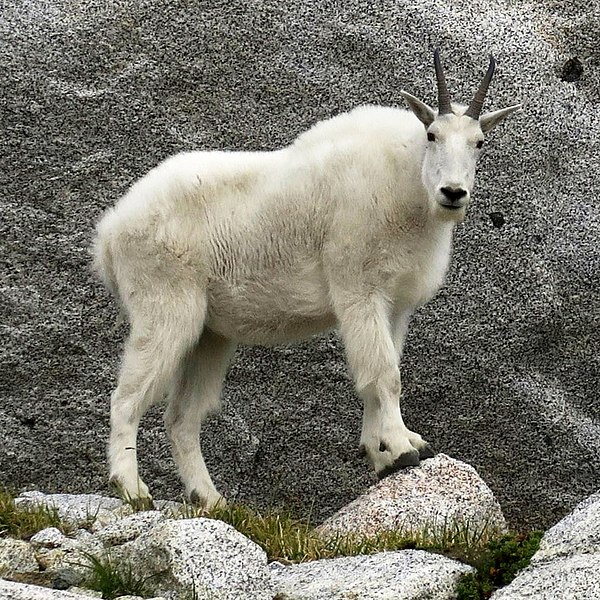
Mountain goats survive frigid winters at high altitudes with their woolly coats that trap body heat. Their specialized hooves grip icy surfaces, allowing them to navigate steep, snowy terrain safely. They stay in groups to share body warmth and avoid predators by sheltering in rugged, inaccessible cliffs. Mountain goats are herbivores and dig through snow to access grass and other vegetation. By conserving energy and moving less frequently in winter, they reduce the need for food. Their slow metabolism during cold months allows them to survive on less food. These adaptations make mountain goats well-equipped for life in harsh alpine environments.
Fisher

Fishers are agile predators in the winter forest, with thick, dark fur that keeps them insulated against the cold. They are skilled hunters, often climbing trees to catch small mammals and birds. During winter, they remain active, navigating snowy forests and digging through snow to locate prey. Fishers use their sharp claws and strong bodies to tackle challenging terrain. They rely on hollow trees or abandoned dens for shelter, which offers protection from wind and snow. With a diet consisting of small animals and occasional carrion, fishers sustain themselves throughout winter. Their adaptability and hunting skills ensure survival in cold climates.
Southern Red-Backed Vole

Southern red-backed voles endure winter by creating tunnel systems beneath the snow, where temperatures are more stable. They use these tunnels to forage for seeds, roots, and stored vegetation, ensuring a steady winter food source. These voles have a high reproductive rate, allowing their populations to recover quickly even after harsh winters. Their short, dense fur provides excellent insulation, trapping heat close to their small bodies. They remain active all winter, keeping their metabolic rate high to generate warmth. By being active beneath the snow, they avoid predators. This combination of activity and insulation allows them to endure cold conditions.
American Marten
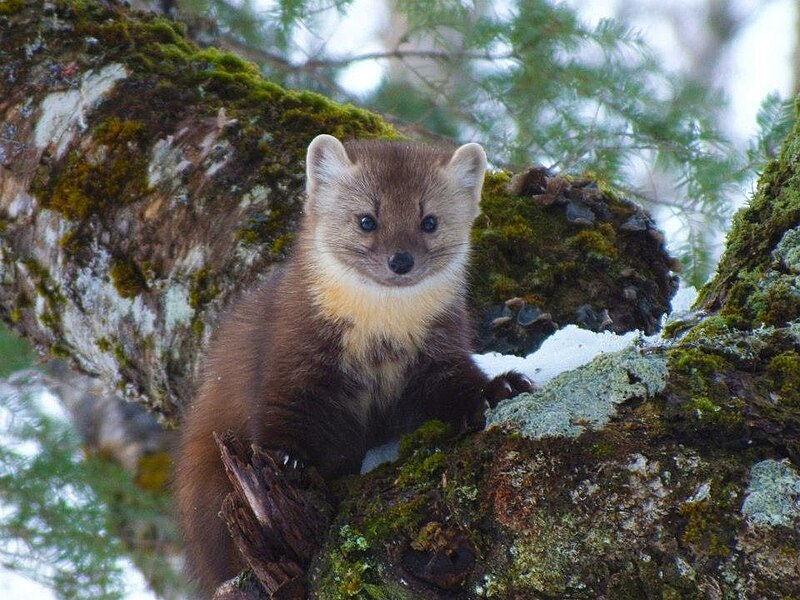
The American marten, a close relative of the weasel, thrives in snowy forests with the help of its thick fur and agile body. Their wide paws act as natural snowshoes, enabling them to move swiftly over snow. Martens are active hunters, catching small mammals and birds throughout the winter months. They often seek shelter in tree hollows or under fallen logs, where they are shielded from the cold. During severe winter storms, they remain in their dens, conserving energy. Their sharp senses allow them to locate prey, even under snow-covered ground. This combination of traits makes them skilled winter survivors.
Hoary Marmot

Known as the “whistling pig” due to its distinctive call, the hoary marmot hibernates through harsh winters. These marmots dig deep burrows below the frost line, where they remain insulated from the cold. By gathering in groups, hoary marmots conserve body heat during hibernation. Their body temperature drops significantly to save energy while they live off stored body fat. In autumn, they consume large amounts of food to build up these fat reserves. When they emerge in spring, they are often thin but ready to start feeding again. This hibernation routine ensures they survive even the coldest winters.
Snow Vole
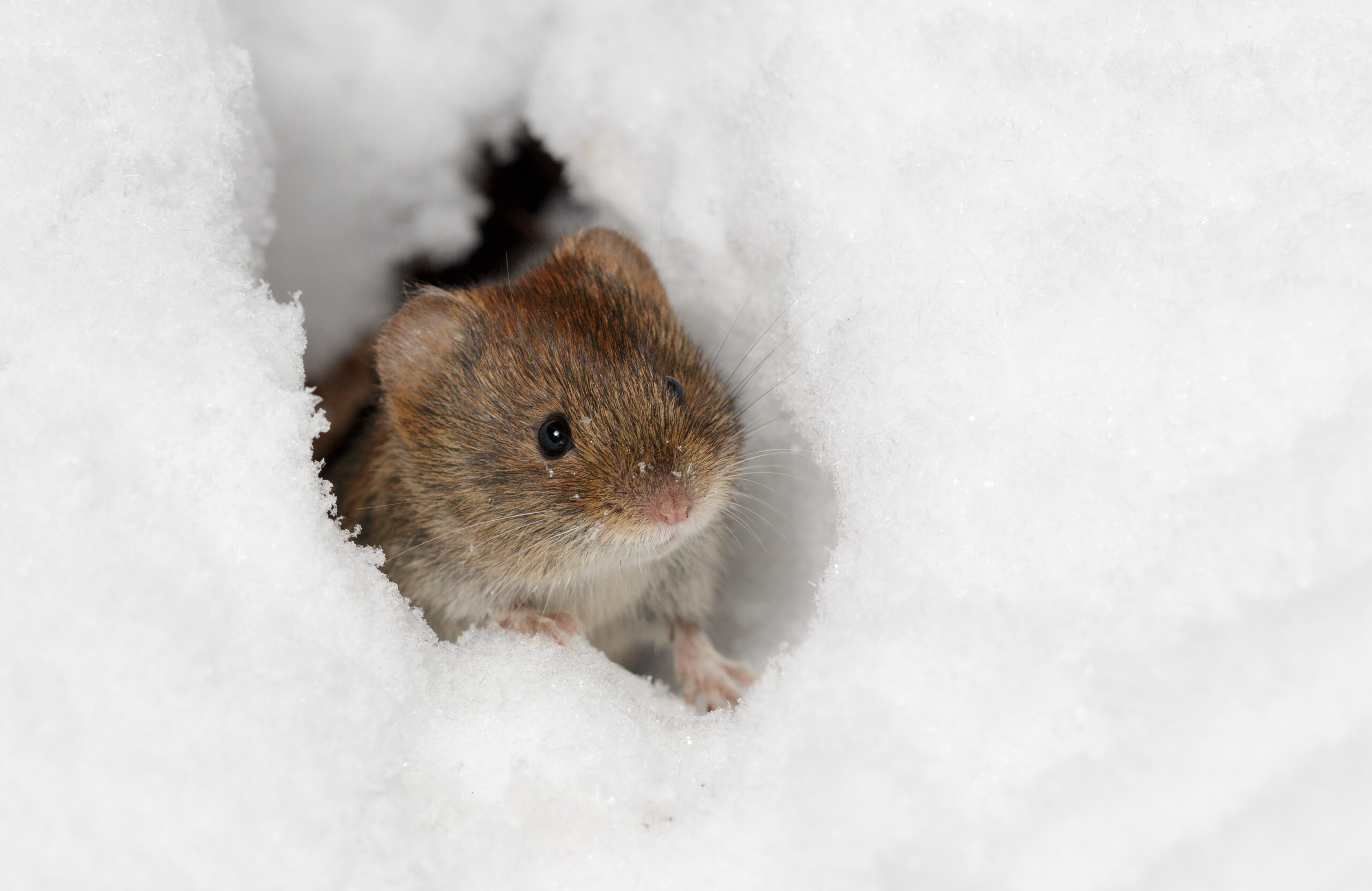
Snow voles are tiny, hardy rodents found in mountainous regions where temperatures plummet in winter. They create intricate burrow systems beneath the snow, providing insulation against the bitter cold. Snow voles feed on roots, seeds, and grasses stored in their burrows, ensuring a consistent winter food supply. Their dense fur keeps them warm, while their small size allows them to navigate tunnels easily. By remaining active in their burrows, they avoid exposure to extreme cold and predators. They also reproduce quickly, helping their populations thrive even after hard winters. These combined strategies make the snow vole a true survivor of the alpine winters.
This article originally appeared on Rarest.org.
More From Rarest.Org
The largest universities in the world serve millions of students, offering a wide range of academic programs and often playing a crucial role in shaping the educational landscape of their respective countries. These institutions not only boast massive student populations but also provide flexible learning options, including traditional on-campus education and distance learning programs. Read more.
The United States is home to some of the largest school districts in the world, serving millions of students across diverse communities. These districts vary in size, structure, and the resources they provide, but they all share a common goal: delivering quality education to their students. Read more.
Dinosaurs have always captured the imagination with their immense size and mystery, but some species were so massive that they defy belief. Among the largest creatures to ever walk the Earth, these giants lived millions of years ago, dominating the prehistoric landscapes. Read more.



